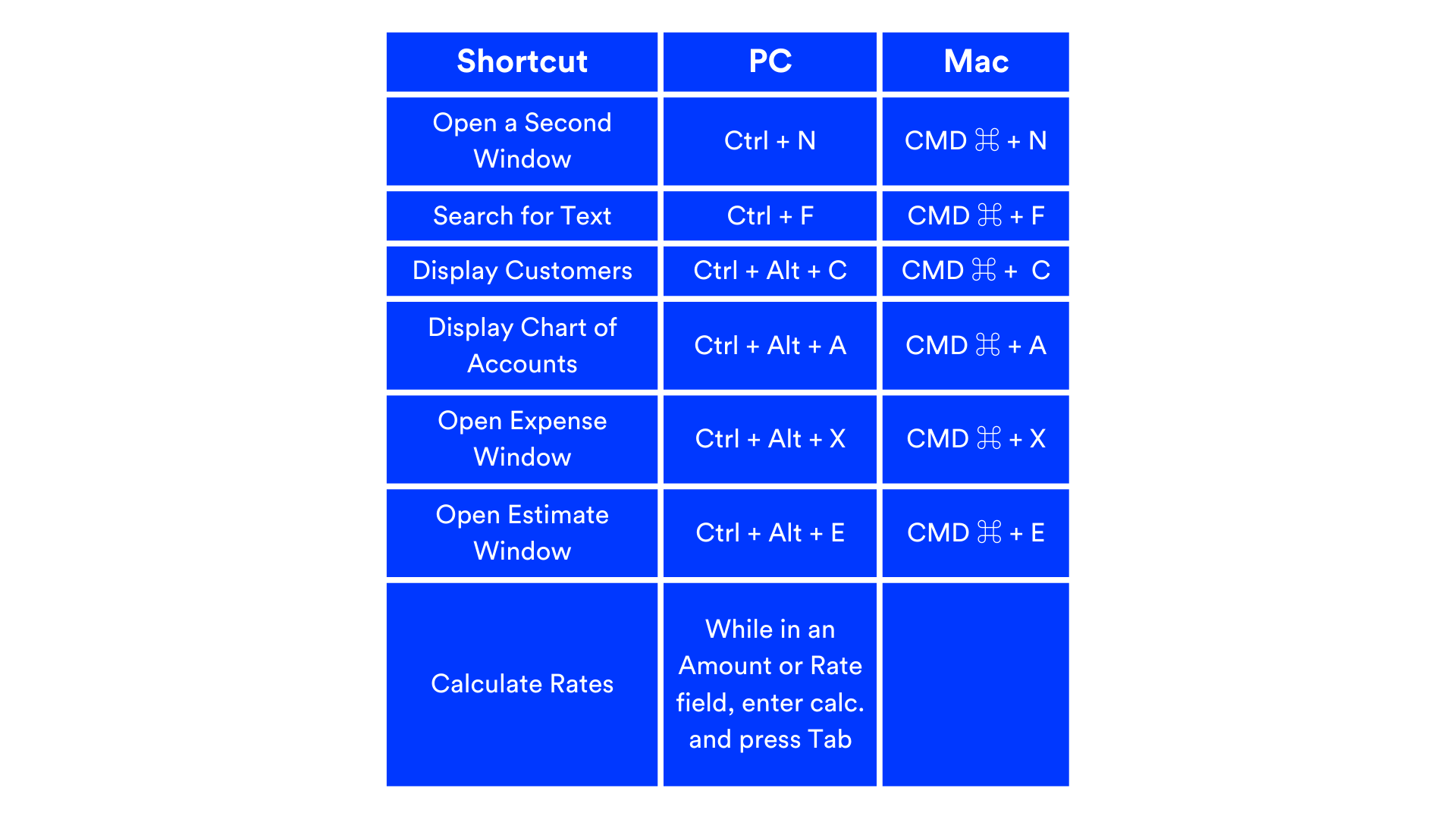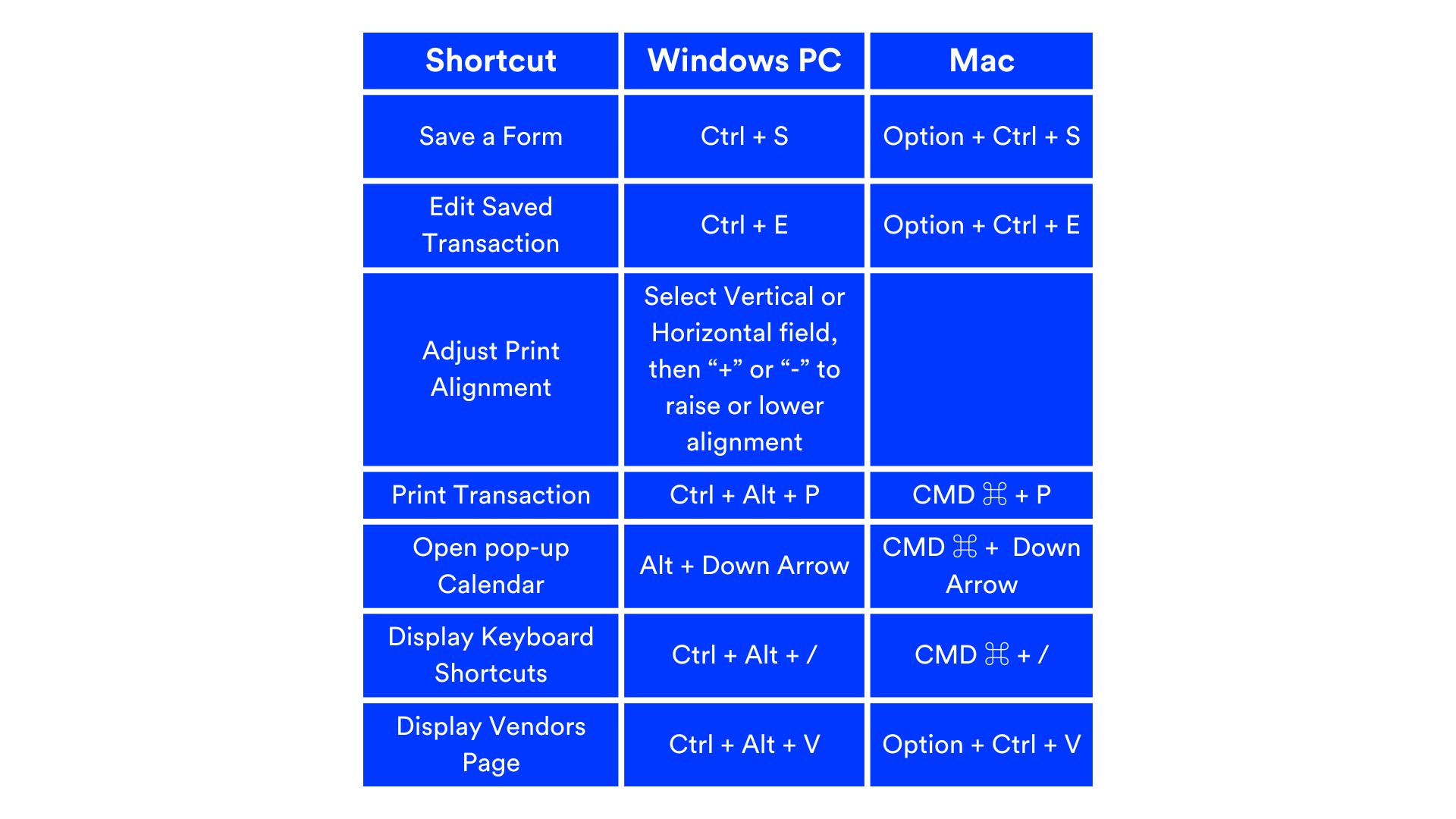QuickBooks Online Tips for Controllers
As a controller, you are your organization's backbone of financial management. Your role is not just about crunching numbers but also about leveraging tools and technologies to streamline processes and drive efficiency.
By now, you’re more than familiar with QuickBooks Online and how to use it in your day-to-day. But did you know there are probably a few ways to optimize your workflow even further inside QBO? Check out our top tips for controllers using QuickBooks Online below.
1. Mastering the Chart of Accounts
The chart of accounts is the foundation of your financial reporting in QuickBooks Online. Let’s learn how to tailor it to your organization's specific needs.
You’ll need to create accounts that align with your reporting requirements and avoid clutter by keeping your chart of accounts organized and concise. Thankfully, QuickBooks Online allows you to manage your chart of accounts in whatever way best serves your business.
There are four main account types in QBO, each with a distinct purpose and benefit of being put first:
- Assets: records assets for the business, such as inventory, property, and equipment. Follow standard accounting conventions and put assets first to create standardization and make your accounts more straightforward to read.
- Liabilities: records liabilities for the business, such as loans and lines of credit. Listing liabilities first may make the most sense while employing a debt-management approach to your business.
- Income: records income related to the business, such as operational revenue. If you want to generate new income more than anything else, prioritizing this process by placing income first may help.
- Expenses: records expenses related to operations, such as paying employees, SG&A, and marketing expenses. Putting expenses first can help manage a cost-cutting approach.
Regardless of your goals and intentions, your chart of accounts can be set exactly how you like it.
2. Embrace Automation
You haven’t even finished your morning coffee and are already knee-deep in spreadsheets, receipts, and endless calculations. Every minute already counts, but any chance to streamline your workflow can be like striking gold.
Now, let's talk about QuickBooks Online and automation.
Think about all the mundane tasks that bog you down: invoicing clients, categorizing expenses, sending recurring transactions—the list goes on. Automation in QBO swoops in like a superhero, taking care of these repetitive tasks faster than you can say "deduction."
- Automating your invoices to all clients with consistent billing cycles means you never have to worry about scrambling to get paid. QBO even allows clients to pay electronically to streamline the payment process and reduce the hours wasted following up on clients for payments.
- Enabling rule-based categorization in QuickBooks allows automatic categorization of recurring transactions. For instance, if a monthly utility bill from a specific vendor is consistently categorized as "Utilities Expense," the software can learn from this pattern and automatically assign the correct category in the future.
- Scheduling recurring transactions such as vendor payments, payroll, and subscription renewals in QBO will free up so much time each month you might even get to start taking lunch breaks every day.
And here's the kicker: it's not just about saving time (although that's a huge bonus). Automation in QBO also reduces the risk of human error: no more transposing digits or overlooking expenses. With automation handling the grunt work, you can focus on the big picture, ensuring everything adds up perfectly.
Plus, let's remember the magic of real-time data. With QBO, you've got a finger on the pulse of your company's financial health 24/7. Need to pull up a report for a last-minute meeting with the boss? No problem. QBO's got your back, serving up the numbers to make you look like a pro.
So, why would you embrace automation in QuickBooks Online? Simple. Because it's like having a loyal assistant who never sleeps, never complains, and always gets the job done right.
3. Keyboard Tricks
It’s 2024, and no one wants to type out entire words or thoughts anymore. Several keyboard shortcuts and hacks in QuickBooks can save you time and even impress your Gen Z intern.
Calendar Tips
First, learn how to navigate that tricky calendar tool inside QuickBooks.
Clicking between months with the tiny arrows provided can cause anger and a damaged keyboard from repetitive clicks. You can type a few numbers to switch from one month to the next. For example, if you are currently on 09/30/2023 but want to look at April 30th instead, type 0430, and QuickBooks will automatically take you to 04/30/2023.
The biggest problem in navigating the calendar is flipping from the beginning of the year to the end. No one wants to click the same button 10+ times, and we’ve got you covered there, too. If you can spell the word year, you can use this tip.
To get to the beginning of the year, just type the beginning of the word. Typing a “Y” into the date box will take you to the start of the year (January). So, how do you get to the end of the year? Easy, type the end of the word year. Typing an “R” into the date box will take you to the end of the year (December). These same letters will allow you to traverse through years quickly as well. Typing a Y into the box will move you back one year at a time (2023 - 2022 - 2021, etc.), while typing an R will continuously move you forward (2023 - 2024 - 2025, etc.).
The spelling tips don’t end there! Just remember to glance at the word month for some help getting to the next 30 days. Typing an “M” will take you to the first day of the month (01/01/2024), while typing an “H” will take you to the last day of the month (01/31/2024).
Now that you can reach the correct date (and in about half the time) let’s explore what you can do while inside reports.
Keyboard shortcuts
QBO comes with an abundance of keyboard shortcuts that you need to master if you’re tired of messing with all those drop-down menus. Save the image below for future use, and never worry about finding keyboard shortcuts again.


4. Save Time with LiveFlow
Not to toot our own horn, but there is only one way to maximize your efficiency while working with QuickBooks. You'll understand what we mean within minutes of connecting your QBO data to your LiveFlow account.
Mix your QBO shortcut knowledge with our financial models and templates, and you’ll almost feel guilty for the amount of work done for you.
With LiveFlow, accountants have reported saving 192 hours per year. No more redundant writing tasks; you can easily create any report by utilizing one of our 100+ templates!
LiveFlow will help you build a reporting template that can be applied to any company you want, allow you to drill down into your data in your spreadsheet, and automatically refresh all your data so you don’t have to.
All you have to do is book a demo and talk to a sales team member to learn more about what we can do for you and your business!

.png)



.png)



